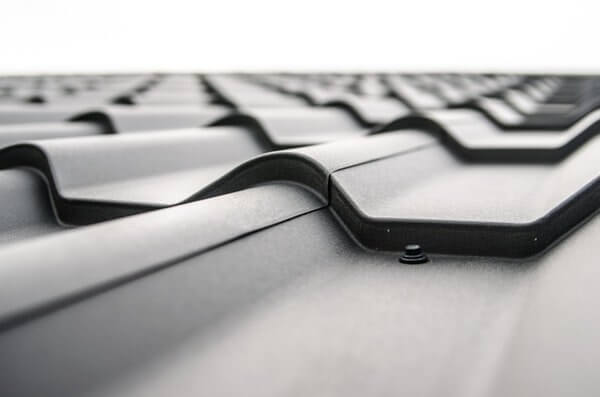Home Inspection 101 Inside The Inspectors Head : Preventing Residential Drainage Problems
Featured Blog Post Written By Aaron Borsch from Core Inspect
Last time I talked about siding and cladding. This blog lets talk about drainage.
Water is a powerful thing, and because the very nature of its state means it can work its way into anything eventually. Hence why we focus so much on how a house is able to endure the elements.
When I speak of drainage, I mean the ability for a house to drain away water that comes from rain, snow, and any other moisture generated from weather.
If water isn’t drained properly, it can cause havoc on the house, and the earth it sits on several ways. It can cause structural damage by rot, work its way into the foundation, and cause the soil the house sits on to move and shift.
There are several components that go into ensure proper drainage is done. Here is a breakdown on how it works.
The Roof

While I did speak an entire blog on roof and its materials, this is more on what the roof does. Since rain always falls from above (thank you science class!), the first thing the rain will hit is the roof on a house.
The slope of a roof is typically angled in such a way that the rain will ‘shed’ off the surface, rather than sitting there. Even flat roofs have some sort of angle on them.
Now the roof can either angle to the exterior, or the interior to downspout and gutter systems.
The Gutter & Downspout System
The next part rain water generally hits is the gutters. There are several names for gutters as well, such as eavestroughs. The gutters are a way to control the drainage after it sheds off the roof. Without gutters, the rain would fall all around the house.
While this may sound innocent, over time the water would may work its way into the house under the ground, or cause the earth to change, because of the constant moisture.
Depending on how the roof is configured, depends on what you may need. There may be times where, because of roof valleys, entire roof surface of water may be focused on one small gutter, which may not be sufficient to take all the drainage. Therefore it is important to ensure that the right sized gutters are installed.
Another time, I can go into different types of gutters, but for now, onto the next part
Drainage Tile
Also may be called weeping tile, drainage tile is a big drain line that is buried underground around the rim of the house, near the base of the foundation.
Its function, is to carry away water before its able to penetration the concrete foundation wall, or become too permeated in the soil surrounding the house.
It is an important feature of a property to ensure that water doesn’t work its way through the concrete foundation. They can be prone to blockages, especially with older houses. This becomes very obvious if the house has a basement, because the water will penetrate into the interior. The only way to discover if there is a blockage is either from the damage it has caused, or by having the drainage tile scoped.
It is also very expensive to replace or install if you need to, with potentially costing over $50,000.
Typically, drainage tile is made of large PVC pipes, but older properties may have clay or concrete drainage tile. Very old properties may not have drainage tile at all!
All the drainage tile will typically drain into a sump.
The Sump
Most properties now are built with a sump somewhere. Now…what is a sump?
Well a sump is basically a big pit, where all the drainage from the rain water goes. Its sort of a focal point to control the drainage so it doesn’t end up causing a flood somewhere else on the property, or overloading the storm drains somewhere else.
It also acts as a way to hopefully stop debris and such from blocking the storm drain lines, by having it drain into the sump instead.
Sumps are easily identified on a property, they look like big concrete pits, and general have a big concrete circle covering it. However there are other ways they can be identified, like steel grates, or plastic covers as well.
Some sumps may have pumps on them as well, depending if the drainage, after entering the sump, needs to be moved uphill to where the storm drain is.
Which brings up the last step
Storm Drains
Cities generally have two kinds of drains. One is the sewer drain, where all the waste flows and goes to treatment plants. The other is storm drains, where all the rain water goes.
This is where the sump drains too. If you look around the block, you should also be able to find city storm drains, which also feed into the same system.
Conclusion
When you understand the path of drainage, you can see why it is important. When the drainage system is blocked, it can cause a lot of damage.
Next Time
Next blog I will speak on decks and balconies.



